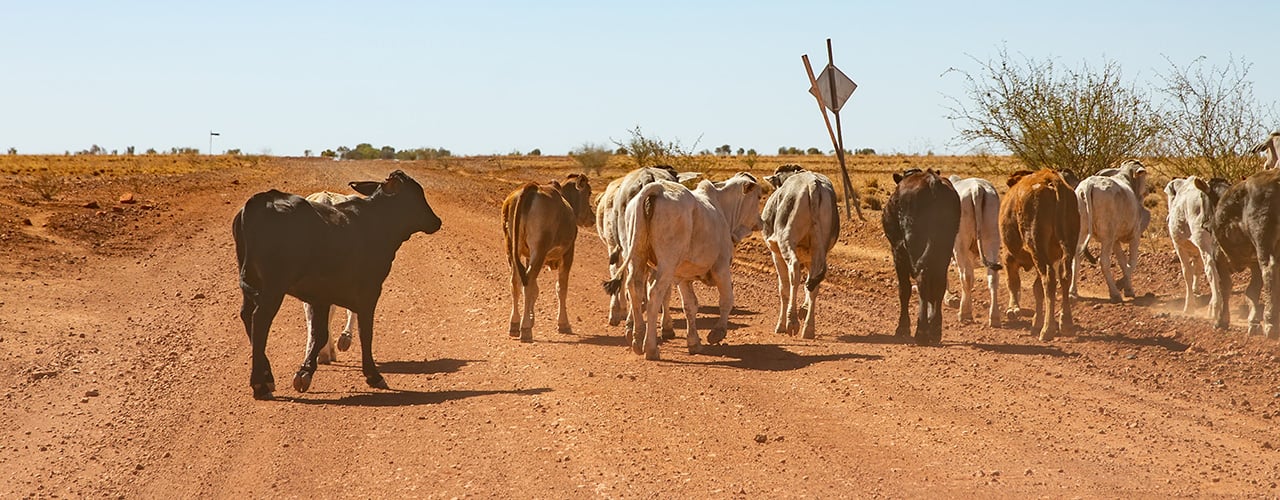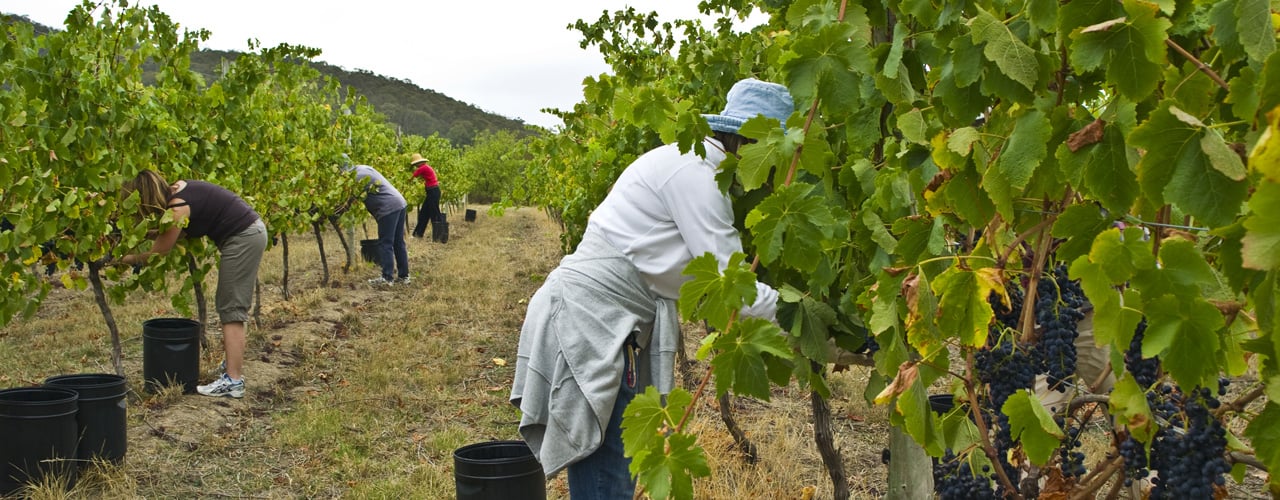A long and drawn-out winter cereal harvest has finally wrapped up. Results show that Australian farmers have produced their largest winter crop on record, beating the prior season.
Record rain nearly derailed harvest
La Niña lived up to its reputation, delivering Australia its ninth wettest year on record. This was beneficial for crop seeding and establishment. However, as the season progressed the record rain put the crop at risk. October rainfall was the highest on record for New South Wales and Victoria. This caused significant flooding and loss of crops across Australia's east coast. November followed with above average rainfall keeping paddocks saturated. At this stage many in the industry were expecting widespread quality downgrades. Timely fungicide application on crops that had survived flooding along with exceptional yields on areas with well drained deep soils turned results around.
Delivery records tumble
Harvest was slow to get going with many growers three to four weeks behind their normal start dates. However, once they started and with mostly fine weather from late November onwards providing ideal harvest conditions, delivery records were set weekly. “December was a milestone month for the Viterra network with South Australian growers delivering a record breaking 5.2 million tonnes into sites.”- Viterra spokesperson
Western Australian growers were not to be outdone. Hardly a week went by when the state's main grain handler did not announce a receival record being broken.
“It's official - CBH has set a new receival record, taking more grain during the 2022/23 harvest than last year, the largest year on record in CBH’s 90-year history.” – CBH spokesperson
Three in row
Three years of La Niña have delivered consecutive record crops. Australian Crop Forecasters (ACF) have total winter cereal production pegged at 64.6 million tonnes. This result just edges out the previous record set in 2021/22 by 0.3 percent.
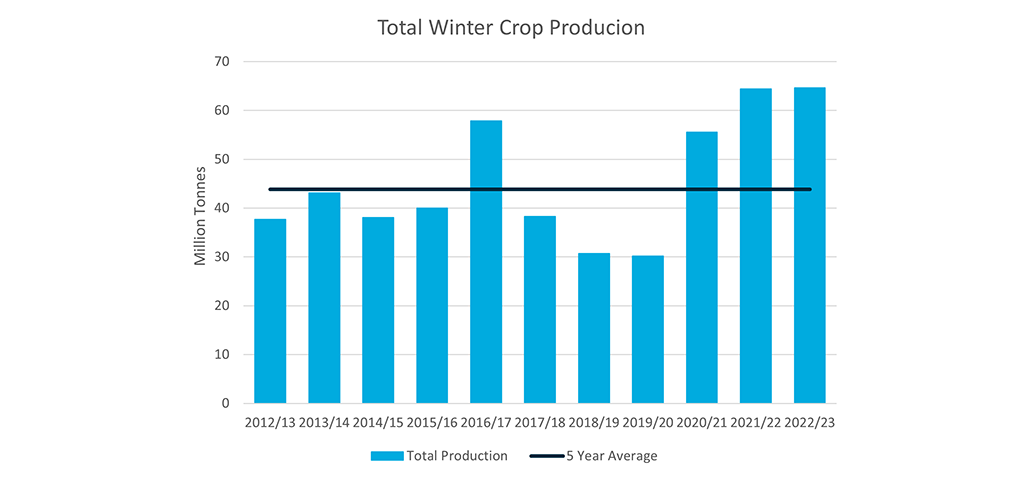
The standout States
Western Australia and South Australia had bin busting seasons with records broken across most commodities. ACF’s final winter crop estimate for Western Australia is 25.6 million tonnes, 9.5 per cent up on the previous record set in 2021/22. For South Australia the final estimate is 11.6 million tonnes, surpassing the previous record set in 2016/17 by 5.5 per cent. Victoria also produced a record crop after initial concerns about flooding and yield loss from disease. The total crop estimate of 10.3 million tonnes is 3.5 per cent above the previous record set in 2016/17.
Too much of a good thing
Crop losses and yield reductions from too much rain saw New South Wales crop production down 29 per cent from last season’s record crop. However, the final result delivered better quality than many were expecting. At 14.2 million tonnes the crop is 14 per cent above the ten-year average.
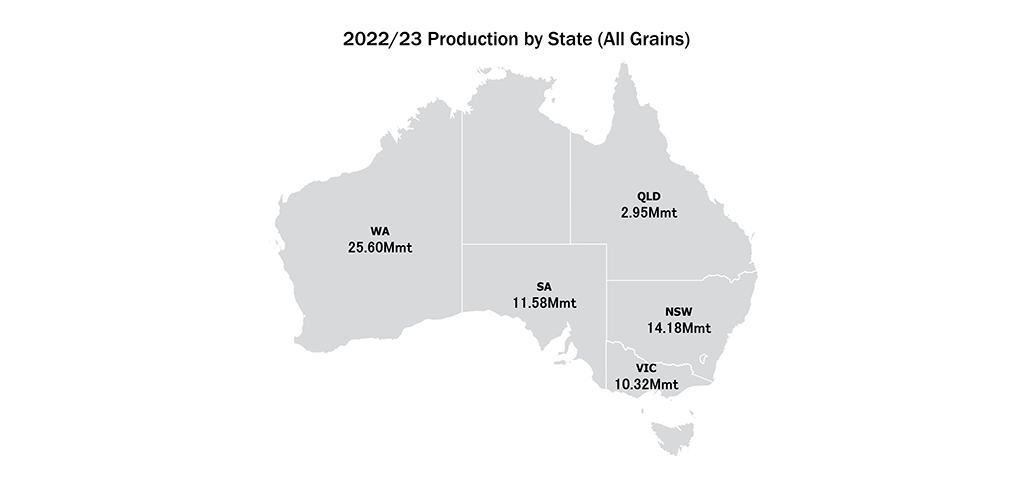
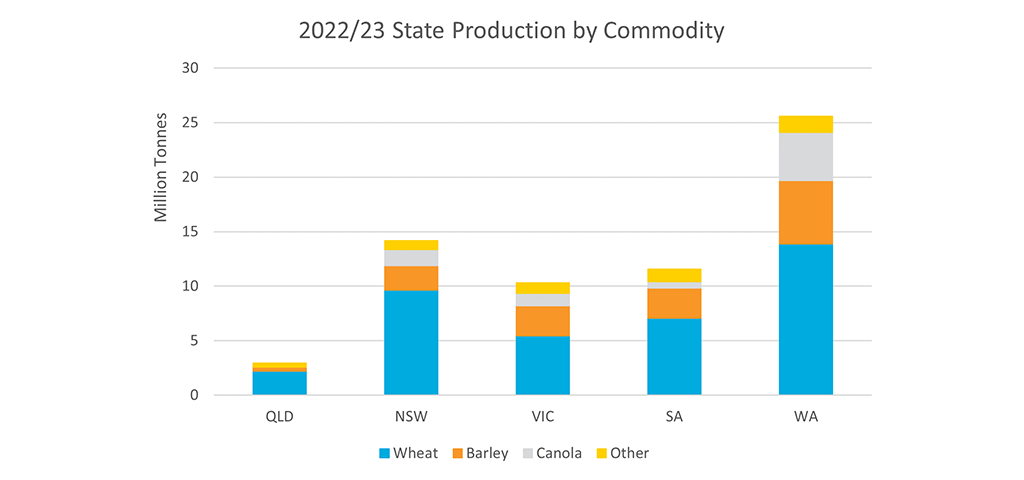
Wrapping up
In conclusion, the 2022/23 Australian winter crop harvest has been one for the record books, with farmers producing their largest crop on record. The consecutive record crops delivered over the past three years demonstrates the resilience and adaptability of Australian farmers in the face of challenging weather conditions. With the 2023/24 season just around the corner growers are now busy preparing paddocks for seeding. Wishing them all the best as they go for four in a row.
Most Popular
Subscribe to insights today
Receive reports direct to your email by subscribing to Rural Bank Insights.


